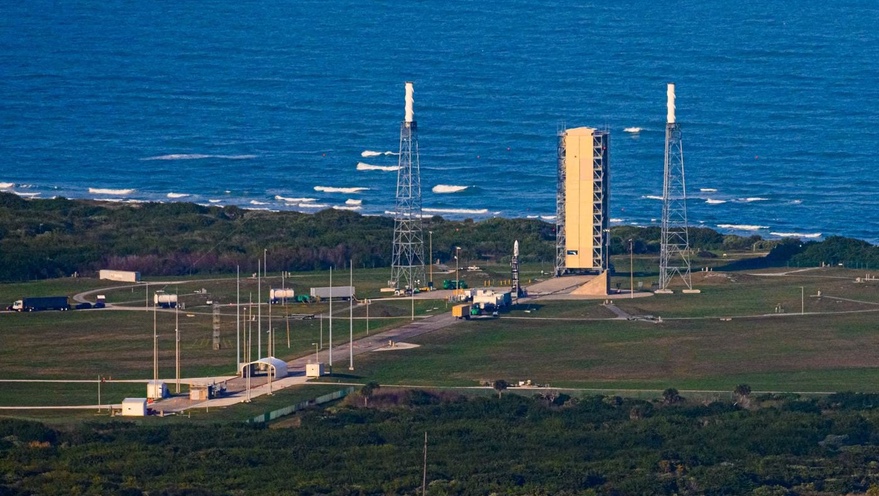WASHINGTON — Small launch vehicle developer Astra says it is ready to perform a series of launches for NASA once it receives a license for those missions.
In a May 5 earnings call, Astra executives said they were ready to perform the first of three launches of its Rocket 3.3 vehicle from Cape Canaveral Space Force Station carrying cubesats for NASA’s Time-Resolved Observations of Precipitation Structure and Storm Intensity with a Constellation of SmallSats (TROPICS) mission. The six satellites will be launched on three Rocket 3.3 vehicles over a relatively short period.
“The rockets are ready,” Kelyn Brannon, chief financial officer of Astra, said during the call. “What we’re waiting on is the license for all the three launches, under one license.”
In a separate blog post May 6, Donald Allen, senior director of program management-operations at Astra, said the company expected to receive the Federal Aviation Administration launch license “in the next few weeks.” He did not state how soon after receiving the license he expected the first of the three launches to take place.
Astra was also unusually critical of outside estimates of its launch plans. “There is a lot of speculation online about our launch dates and even websites that publish our supposed launch dates; these websites are not a reliable source of information as they do not have access to all of the data necessary to determine a launch date,” Allen wrote (emphasis in original.)
While the company expects to perform the launches in quick succession from Space Launch Complex 46, which hosted an unsuccessful Rocket 3.3 launch in February, the company does not expect to complete all three launches by the end of the quarter.
“It’s going to be a pretty rapid cadence,” Chris Kemp, chief executive of Astra, said on the call, but added the company would have to work around weather and range constraints. “The objective is to start this campaign this quarter and get as many launches done this quarter as we can, but it is likely that we’re not going to be able to get them all done by the end of the quarter.”
“This is a mission that we would like to complete before the storm season,” he added. He didn’t elaborate on “storm season,” but the Atlantic hurricane season, as defined by the National Weather Service’s National Hurricane Center, starts June 1, before the end of the quarter.
Financial results
Astra, in its first quarter, reported revenues of $3.9 million, a net loss of $85.7 million and an adjusted earnings before interest, taxes, depreciation and amortization (EBITDA) loss of $47.5 million.
The company projected an even larger loss for the second quarter, with an adjusted EBITDA loss of $58 million to $64 million. The company ended the first quarter with $255.2 million in cash, cash equivalents and marketable securities.
Brannon said the company projected a “meaningful increase” in expenses in the quarter because of investment in its next launch system, Rocket 4. Some of those upcoming expenses, such as materials and consulting services, will not continue at the same rate in later quarters.
However, Kemp said the company completed its expansion of its factory, so that capital expenditures associated with that will decline “rather substantially” in the second quarter and beyond. “We’re getting to the end of deploying capital into the infrastructure and the factory,” he said.
The company plans to show off those investments in its factory at a “Spacetech Day” May 12. Astra plans to use the event to also discuss its plans on Rocket 4 vehicle. “We’re going to make some exciting product announcements,” Kemp said.
